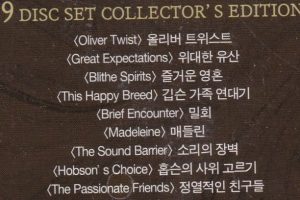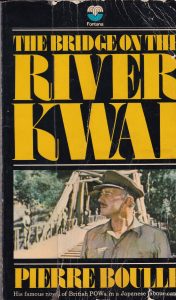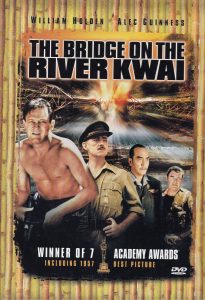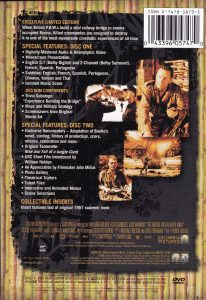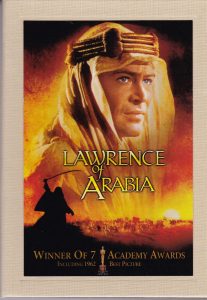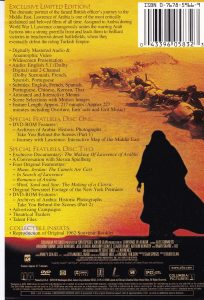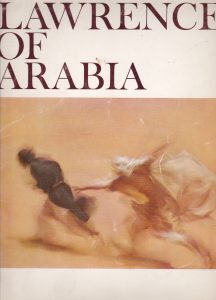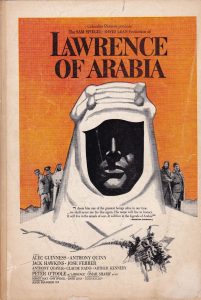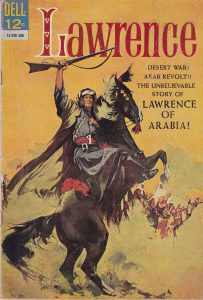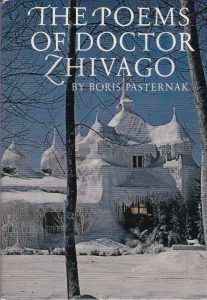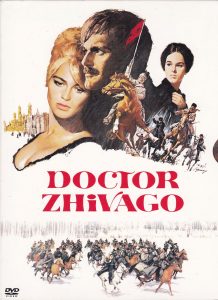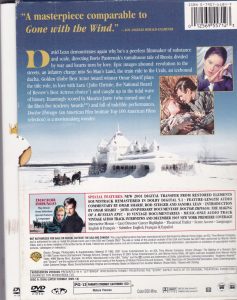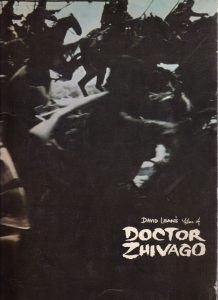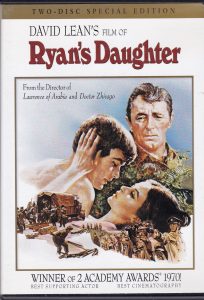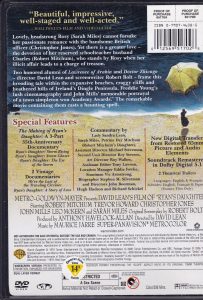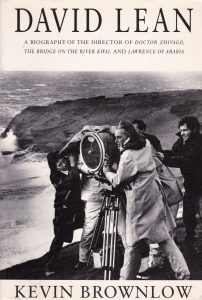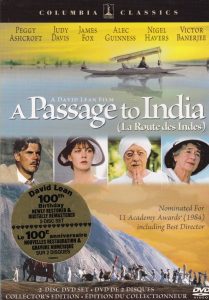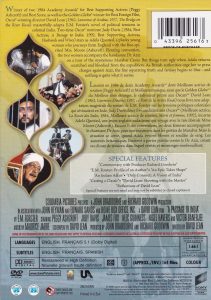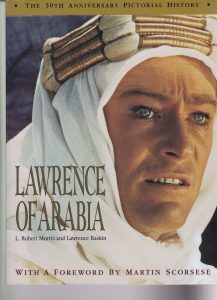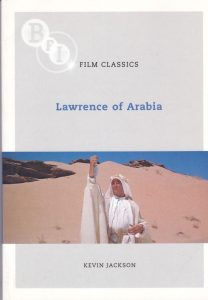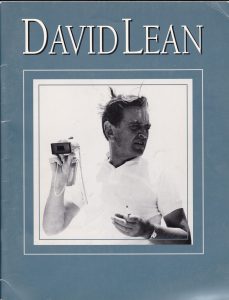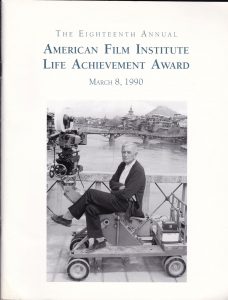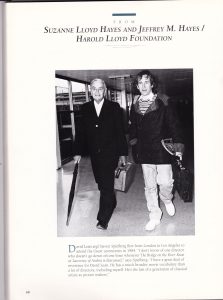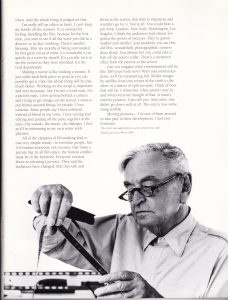David Lean (1908-1991) was famous for his visual epics with large casts in interesting sprawling on-location historical contexts. He had a superb camera eye and was a terrific editor of his own work, too. Lean had an uncanny ability to make romantic films that captured the fancy of critics and mainstream moviegoers alike over 4 decades.
Lean made a number of notable films in Great Britain in black and white at the beginning of his career. 1945’s Brief Encounter was a romantic tale of two lovers in post-war Britain. It was based on a Noel Coward source and featured Rachmaninoff’s powerful Second Piano Concerto. His 1946 adaptation of Great Expectations was the first fine movie version of a Charles Dickens’ classic and deservedly won Oscars for art direction and cinematography. But all of this was a warm-up for the beautiful 1957 adaptation of 1952’s novel of The Bridge on the River Kwai which brought Lean world-wide attention and awards.
(the recommended DVD version; winner of Oscars for best picture, director, actor (Alec Guinness–frequently in Lean movies), cinematography, editing, scoring (the famous whistled “Colonel Bogey March”)
(1962: top of the film world: one of the greatest movies of all-time; a literate blockbuster based on T.E. Lawrence’s biography The Seven Pillars of Wisdom; the 1989 reissue is the one to see; Peter O’Toole’s first and best movie; best seen, of course, on the big screen; won 7 Oscars including best picture, director, cinematography, score, editing, art direction)
(left: the cover of the movie program; right: sample movie poster)
(literate culture translated to 1963 comic book (above) and even the April 1964 MAD magazine spoof and cover)
(dust jacket cover showing the ice castle scene from the movie below; Boris Pasternak’s novel of Doctor Zhivago won the Nobel Prize for Literature in 1958)
(the best version of Lean’s next roadshow hit in 1965; top production values and superb character acting; won Oscars for screenplay, cinematography, art and set decoration, costume design and score)
(1/2 the wrap-around roadshow program cover)
(The tragic love story of Ryan’s Daughter, 1970, was ripped apart by New York critics, traumatizing Lean to the point he didn’t make another film for 14 years; Shot in Ireland, for which Lean had a rustic village set built there; won Oscars for cinematography and supporting actor–John Mills–another veteran of Lean films)
(Lean was involved in the fantastic, dangerous storm scene shooting setups)
(but the Master came back in 1984 with another successful adaptation of a classic E.M. Forster’s A Passage to India; rich, nuanced, satisfying, and atmospheric; won Oscars for score (Maurice Jarre had won with Lean before, too, previously) and best supporting actress (Peggy Ashcroft); Lean’s last completed film; in the late 1980s, he would start production on an adaptation of Joseph Conrad’s Nostromo set in South America but he died of cancer before shooting)
(two excellent books about Lean’s career and his masterpiece)
(many critical studies have been done of Lawrence)
(just before he died, he was honoured by Hollywood)
(passing the torch: Lean and his work were much admired and his work by many directors, actors, and cinematographers)
(the final act of making the film; Lean in the editing room with so much film to work with on every shoot)
An homage poem by RD:
David Lean, The Maestro
“I am fascinated by these nuts”
–D.L.
Happiest alone
in front of
an editing machine,
white-gloved
admiring the panoramas
he shot on location.
Blowing out holes
in mountains
for A Passage to India,
sweeping the desert clean
in Lawrence,
waiting for the morning frost
to look just right–
embroidering
Zhivago’s window.
Painstaking, patient
and more concerned
about ‘the shot’
and its composition
than his actors’ performances.
Explaining the script
ahead of time
to all his cast
leaving nothing to chance.
“This is my vision, my script.
I hope you like it.”
Unapologetic.
Supremely confident.
“Tea anyone?”
Days waiting to shoot,
waiting for every cloud to clear
or for a certain mountain look.
“Could you change that red shirt
down the road 300 yards
for a yellow one?”
Asking that a train be repainted
while thousands of extras
stood idly around.
Knew precisely what he wanted.
Exactly. Control.
“Here is how you stand, Bob.
Here is how you touch her.”
(To Robert Mitchum no less!)
Every detail and then some.
So much beyond the story
or literature that inspired him.
David Lean:
A gentleman’s gentleman
and rich visual artist.
Tasteful.
Romantic.
Passionate.
All ways.
Life and movies
mattered to him,
and never the money.
Genius.
Old school.
Timeless.
White gloves
at an editing machine.
Seriously sensuous.
Would have died
rather than use CGI.
Nary a false frame
in his epic sensibility
or grand classics sublime.

